The old model of a stable core surrounded by tactical satellites is losing relevance. Instead, selectors are gravitating toward funds with built-in optionality – mandates that pivot across styles, geographies and factor exposures without switching wrappers. The new mantra is “conviction + flexibility”, and it’s quietly reshaping fund selection logic across Europe.
From static allocation to adaptive structure
For decades, the portfolio model was mechanical: low-cost beta in the core, surrounded by active bets – satellites – that tilted toward high-conviction themes. This approach thrived in a world of clear economic cycles, stable regimes, and lower macro volatility. But in today’s fractured landscape, static allocation has become a liability.
Selectors are responding by shifting toward funds that do more of the work internally. Adaptive equity and multi-asset mandates, often unconstrained by region or style, are gaining ground. These aren’t just flexible in theory – they allow a manager to express a top-down or bottom-up view as market conditions evolve, without switching vehicles or rotating external products.
In practice, that means fewer boxes to tick, fewer rebalancing events, and greater internal diversification. The fund becomes the instrument – not just a component.
“Conviction + flexibility”: a new selection logic
According to Fund Selector Asia, flexible mandates are in rising demand across discretionary platforms and wealth networks, with selectors citing both cost efficiency and outcome targeting as key drivers. Instead of blending 12 niche funds into a mosaic of styles and factors, allocators are increasingly turning to mandates that can span that spectrum internally.
Fund houses have caught on. Nordea Asset Management, for instance, has leaned into the positioning of “adaptive strategies” – flexible multi-asset or unconstrained equity funds designed to shift between growth and value, US and Europe, or cyclicals and defensives within the same vehicle. They describe it as a response to market noise and thematic fatigue: selectors no longer want to constantly chase the next rotation.
The flows back this up. Flexible allocation funds in Europe pulled in €3.2 billion in Q1 2025, reversing the trend of outflows seen in tighter 2023 mandates. Similar dynamics are playing out in global unconstrained equity, with many formerly “category-specific” fund houses now rolling out wider remits to accommodate selector demand.
The illusion of diversification?
Of course, optionality comes at a cost – not just in basis points, but in clarity. If too many selectors lean into the same flexible strategies, correlations may rise again beneath the surface. And unconstrained doesn’t mean unaccountable: performance attribution, risk control and clear communication remain essential.
Still, the shift is unmistakable. The core–satellite model may survive in theory, but in practice, selectors are voting with their flows. And what they want now isn’t more pieces – it’s smarter tools.
